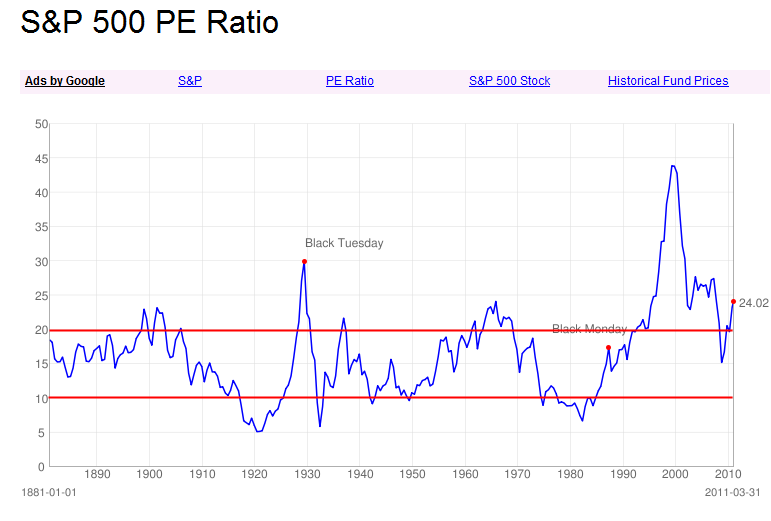Interest rate & bank stocks Money Today
Post on: 28 Май, 2015 No Comment

Its not just deposits, loans and savings. Today, many investors would much rather buy shares in a bank than open a fixed deposit in it. And with good reason. Banking stocks have, on an average, given far better returns than most other investments. With strong fundamentals and good prospects, investing in banks makes solid financial sense.
But with the kind of volatility seen in the markets, is this a good time to buy bank stocks? And if not now, when should you take the plunge? One useful indicator of how banking stocks will fare is to look at interest rates. Unlike other companies, banks are directly affected by policy decisions. High rates have an immediate impact on profits, and so affect a banks stock price as well.
So far, although interest rates have been rising, the negative impact has been balanced by strong economic growth, which translated into higher salaries and increased spending. This year, however, it appears that interest rates are rising fast enough to put the brakes on spending.
High interest rates impact banks business volumes and increase the risk of default. In the first quarter of 2007-8, bank credit growth was 23%, down from an average rate of over 30% in the past three years. Vehicle loan sales have been flat and new home loans are not growing as quickly as before. Worse, older loans at low rates become devalued.
In addition, banks find it difficult to maintain spreads. Banks borrow at lower costs and lend at higher ratesthe difference is the spread, which is crucial to profits. In a competitive scenario, banks must pay higher rates to attract deposits and lend at low rates so the spread narrows. In an environment of rising interest rates, this is not possible.
Of course, this is not permanent. Eventually, rates will peak, and banks will start lowering rates, leading to a new credit cycle. India has still not completed its first-ever credit cycle, as rates were decontrolled only in the early 2000s.
In early 2001, banks were paying 10.5% on fixed deposits and lending at around 13%. Through 2002 to 2004, rates dropped and finally stabilised at below 5%. In December 2004, rates started to climb again. But even when rates started going up, the economy was growing so fast that credit volumes did not slow down. It took 30 months of a sustained interest rate rise before bank credit slowed. The fixed-deposit rate is now above 9%.
At one level, the long-term outlook for Indian banking is positive. The stock market has been enthusiastic in its support for bank IPOs and FPOs. Many banks have improved their efficiency and size, and consolidation has just begun. However, there are also some shortterm problems every time interest rates rise. This push and pull between short-term slowdown and long-term growth implies bank shares will be volatile.
How will rising rates affect bank share prices? We cant tell for sure, but we can look at previous behaviour of bank share prices against interest rates in the hope of insight. To this end, we have compared the movement of the Bank Nifty index and the 364-day Treasury Bill. The T-Bill is one of the best indicators of interest rates. Auctioned by the RBI, it carries zero-risk and is highly liquid. Any change in interest rate is reflected in what is called its yieldto-maturity (YTM), which rises and falls along with the interest rate.
In relation to the T-Bill yield, the Bank Nifty shows mixed behaviour. In 2003, when rates fell, the Bank Nifty shot up. In late 2004, when rates rose, the index fell. Again in June 2006, it crashed when rate rose. In April 2007, as YTM dropped, the Bank Nifty shot up. There were long periods through 2005-6 when the YTM remained stable and Bank Nifty rose. In 2006, it largely defied rising rates and continued its gains.
Essentially, volatility in the Bank Nifty increases when there is a change in direction. In 2002 and 2004, the trend change led to bumper profits and near-losses respectively. Since rates are now up, the next change in direction could mean a huge jump in the Bank Nifty.
This could be an ideal situation for long-term investors. The prospects of the banking sector, in the next 3-5 years, are assured. However, if interest rates rise in 2007 or 2008, there will be temporary drops in price. This will create opportunities for long-term investors to enter at lower prices. And if the pattern of 2002-4 is repeated, there will be extraordinary capital gains available once the cycle turns.














